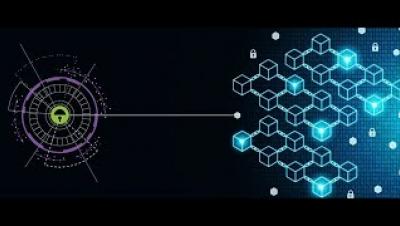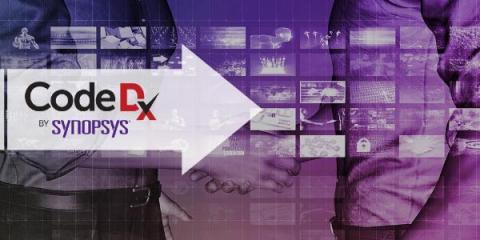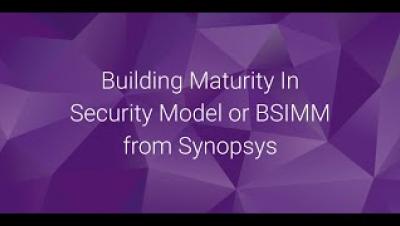BSIMM: Top five software security activities that create a better software security initiative
Looking to build trust in your software? Start with BSIMM12’s top five software security activities. For any organization looking to improve the security of its software, Building Security In Maturity Model (BSIMM) has dozens of options. Many dozens. The 12th iteration of the BSIMM report, released September 28, details 122 software security activities (also known as controls) that were observed in the 128 participating organizations.





